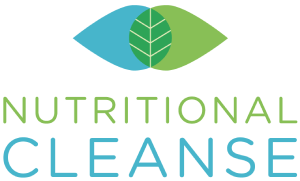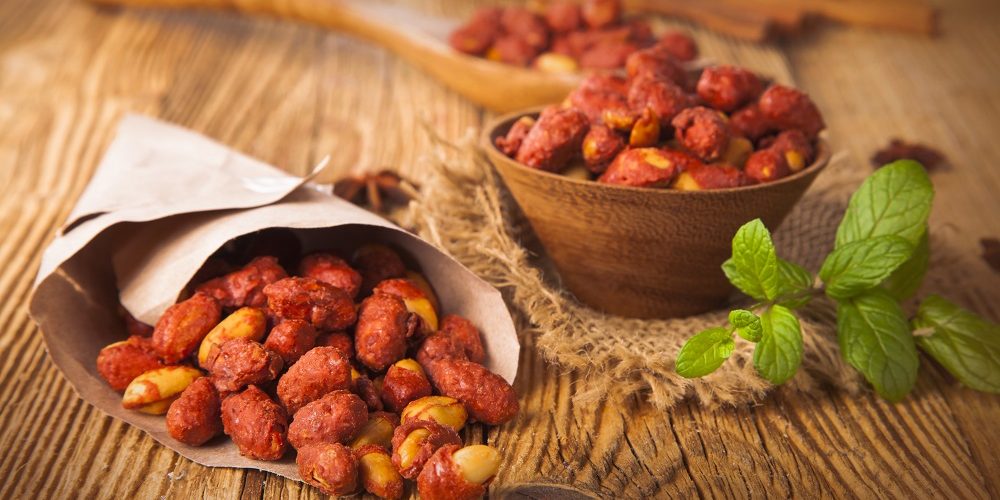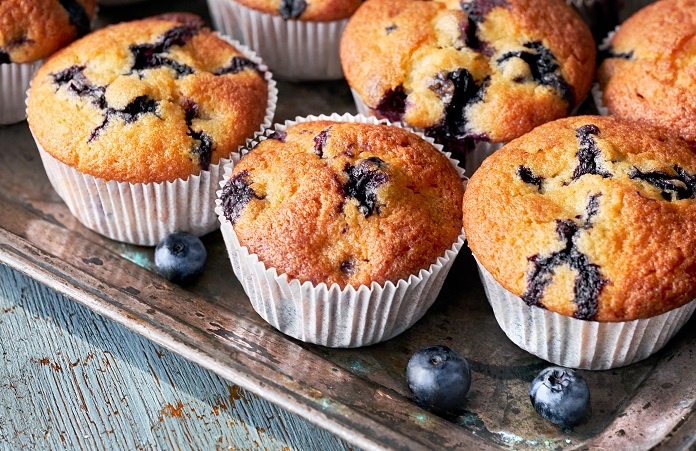Are Hyperpalatable Foods Making You Gain Weight? Here’s What Science Has To Say
Have you ever found yourself reaching for more of your favorite snack or meal, even though you are already full?
Scientists are warning that many foods — even some marketed for weight loss — actually contain ingredients that make us want more.
The culprit? A cocktail of sweet, fatty, salty ingredients that come together to make a food “hyperpalatable”.
What is Hyperpalability?
‘Hyper’ means excessive and ‘palatable’ means appetizing, meaning hyperpalatable foods are “excessively appetizing”.
Essentially, hyperpalatable foods light up your brain’s rewards systems and release dopamine, a neurotransmitter associated with pleasure. This response can actually overpower the signals that tell us to stop eating.
Our Brain’s Wiring (Why We Are Susceptible)
Not surprisingly, our brains are wired to keep us alive and healthy. For the majority of our history, the human species faced food scarcity. To adapt, humans developed a tendency to store fat as a protective mechanism against times of limited food.
While this adaptation was beneficial for hunter-gatherers that had to fill up when the opportunity presented itself and sometimes go through periods without any food at all, it can act against us in our modern world where food is readily available.
Since we have an almost endless supply of food available, it creates a vicious cycle of snacking, social overeating, binge eating, and grazing.
What Are Hyperpalatable Foods?
Let’s take a look at a simple comparison of a palatable food vs hyperpalatable food:
- Palatable Food – A food that occurs in nature, such as honey
- Hyperpalatable Food – A man-made food such as honey roasted, salted peanuts
Hyperpalatability basically short-circuits our brain’s ability to recognize feelings of fullness and satisfaction, putting us at risk of overindulging.
These hyper-palatable foods feature combinations of sugar, fat, salt, and carbohydrates that tap into the brain’s reward system and make it hard for us to stop eating them.
Examples of hyperpalatable foods include:
- Ice cream
- Hot dogs
- Pizza
- Bacon
- Cake, muffins, and brownies
- Chips
- Cheeseburgers
- Candy Bars
- Pretzels
What Does Science Have to Say?
According to a new study recently published in Cell Metabolism, individuals who consumed ultra-processed foods took in more calories than individuals following a minimally processed diet.
Based on the NOVA classification system, foods are considered “ultra-processed” if they contain ingredients such as:
- Hydrogenated oils
- High-fructose corn syrup
- Flavoring agents
- Emulsifiers
These ultra-processed, hyperpalatable foods promote overconsumption and are especially dangerous since they are readily available and often cheaper than healthier counterparts.
To determine the impact of heavily processed foods on body weight, researchers performed the first study linking ultra-processed foods with overconsumption and weight gain.
In the study, 10 men and 10 women were provided with ultra-processed meals for a two week period and then minimally processed foods for two weeks.
All meals consisted of the same amount of carbohydrates, calories, fiber, fat, and sugars. For example, an ultra-processed breakfast might be a bagel with cream cheese. Alternatively, a minimally processed breakfast would be oatmeal, berries, and milk. Volunteers were told to eat as little or as much as they desired.
Researchers found that participants averaged an additional 500 calories per day when following the ultra-processed diet consisting of hyperpalatable foods.
Participants also ate faster and gained more weight whereas individuals following the minimally processed plan lost weight.
How Do I Avoid Hyperpalatable Foods?
Here are some simple strategies for replacing hyperpalatable foods with healthier options:
- Aim to reduce or completely eliminate your intake of hyper-palatable foods. Be especially careful of any foods that contain all three of the hyperpalatable qualities: sugar, salt, and fat. Take pizza, for example, with its carb-heavy crust, salty and fatty cheese, and sweetened tomato sauce.
- Do not be fooled by slick marketing tactics. Many foods try to appear “healthy” based on their packaging (i.e. “sugar-free!” “gluten-free”) but are actually full of chemical sweeteners, high sodium levels, high fat content, and more. Always read ingredients lists carefully or, better yet, choose foods with no ingredient list at all such as apples, bananas, celery, carrots, and other fruits and vegetables.
- A great rule of thumb is to avoid anything that your grandparents would not have recognized as food when they were growing up.
Bringing Awareness to Hyperpalatable Foods
Fortunately, initiatives like the United Nation’s Decade of Nutrition are increasing public awareness surrounding healthy vs unhealthy foods.
Hopefully, this growing awareness will lead to positive changes such as labels on foods considered hyperpalatable and a closer consideration of what is served for school lunches.
Start Making Healthier Choices
Even though hyperpalatable foods are everywhere, it is possible to make healthier choices by focusing on whole, fresh foods.










